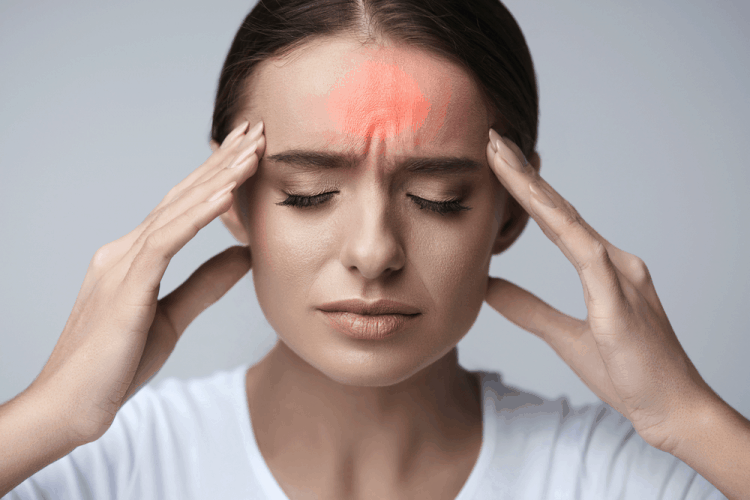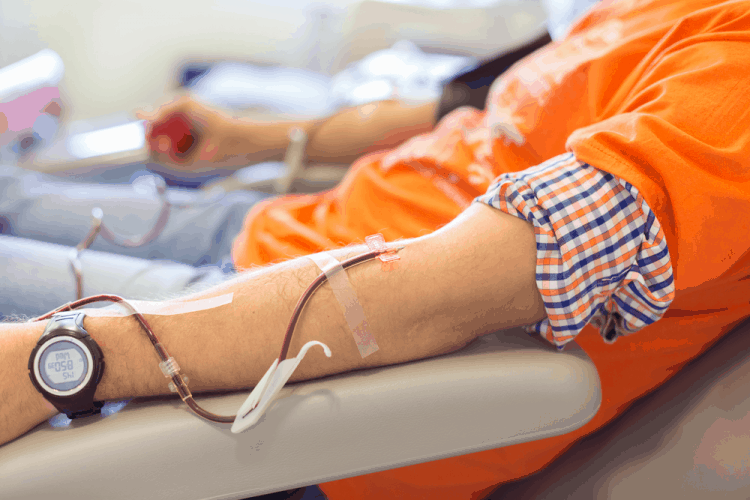4 signs of malaria to help you recognize and treat the disease early

Malaria is caused by a parasite. The disease is considered a silent killer for people living in developing countries in tropical and subtropical regions. Recognizing the signs of malaria is important, as the disease can be life-threatening if not treated promptly.
The bite of the female anophen mosquito that transmits malaria is usually not noticeable, as it is not as pronounced as the bites of other insects. Therefore, patients hardly realize they have been infected. At this time, early recognition of symptoms is the way to help patients self-diagnose the disease and seek appropriate medical care.
Current status of malaria
In 2017, there were an estimated 219 million cases of malaria in 87 countries and the number of malaria deaths was estimated at 435,000. In Africa alone, up to 93% of the population in this region died from malaria.
There are 5 types of Plasmodium parasites that cause malaria in humans:
- Falciparum
- Malariae
- Ovale
- Vivax
- Recognesi
In particular, Plasmodium falciparum accounted for 99.7% of malaria cases in the African region, while Plasmodium vivax appeared mainly in Latin America and Asia, accounting for 74.1% of malaria cases.
Children under the age of 5 are the most vulnerable group to malaria, accounting for 61% of all malaria deaths worldwide.
Recognizing the signs of malaria
Malaria is transmitted to humans mainly by the bite of female anophen mosquitoes, which inject the parasite into the host's bloodstream. The parasites migrate to the liver and begin to lie dormant for 1-2 weeks, then release to attack the blood cells. At this point, the symptoms of malaria begin to appear.
High fever
One of the common malaria symptoms is a high fever. When suffering from malaria, the patient's body temperature is at least 38.9oC.
This is the first symptom that appears in an infected person, usually about 10-15 days after the mosquito bite. The attacks will come and go randomly and continuously.
Fever along with the initial symptoms of the illness is very mild and is often confused with other common illnesses such as a cold or the flu.
Violent chills
The other basic symptom of malaria is intense shivering plus constant sweating. Trembling is also a typical sign of many other infections.
When the illness becomes severe, the tremor can be so severe that it is almost convulsive. Chills and chills caused by malaria cannot be overcome by blankets or warmer clothing.
Headaches and muscle aches

The secondary and less specific malaria symptom is headache. The severity of the headache lasts from moderate to severe depending on the patient. Headaches are often accompanied by muscle aches.
Secondary symptoms occur only after the primary symptoms appear, because the parasites need more time to multiply in the liver and spread throughout the body.
Initially, the headache of malaria is quite mild, like a tension headache. But once the parasite has started infecting and destroying red blood cells, the pain becomes more intense, like a migraine. As for the accompanying aches and pains, they usually appear in the leg and back muscles.
Vomiting and diarrhea

Other secondary, non-specific symptoms of malaria are vomiting and diarrhea. These two symptoms often combine and occur many times a day, making the patient extremely tired and uncomfortable.
Unlike other types of diarrhea caused by food poisoning or cholera, diarrhea caused by malaria is not very serious and is not bloody. This symptom will disappear after a few days.
Other signs of malaria
After the primary and secondary symptoms appear, if the patient remains untreated, it will lead to more severe symptoms. Once they are present, the risk of complications and death increases dramatically. Consists of:
- Confusion, repeated convulsions, coma, and nervous breakdown
- Severe anemia, abnormal bleeding, shortness of breath and respiratory failure
- Jaundice
- CKD
- Liver failure
- Very low blood pressure
- Large spleen
Subjects at high risk of malaria
Those at high risk for malaria infection are:
- Young children, pregnant women in areas with high malaria prevalence
- People with HIV/AIDS
- Travelers from malaria-free countries to malaria-endemic areas (they are more susceptible than others because the body's immune system has never been adapted to the malaria parasites).
Transmission route of malaria
Most malaria transmission is through the bite of a female anophen mosquito. In which, there are more than 400 types of anophen mosquitoes and about 30 vectors (disease vectors). Therefore, the intensity of disease transmission depends on many factors such as parasites, vectors, human host and surrounding environment.
Anopheles mosquitoes lay their eggs in water, which hatch into larvae and eventually emerge as adults. Female mosquitoes seek blood to nourish their eggs.
The cycle of malaria transmission by anophen mosquitoes:
- Mosquitoes get the parasite by biting a person who has malaria.
- They transmit the parasite by biting another healthy person.
- The parasites then travel to the liver and lie there for a while.
- As the parasites mature, they leave the liver and enter the red blood cells of the blood. This is when the patient has symptoms of malaria.
- After that, the mosquito continues to bite this person, carrying the malaria parasites and infecting others.

Because the malaria parasite usually resides in blood cells, a person can contract malaria through other less common routes such as:
- From mother to fetus
- Blood transfusion
- Sharing needles
Malaria diagnostic test
Early diagnosis and treatment of malaria will reduce the symptoms of the disease and prevent death. It also contributes to reducing the risk of transmitting malaria to others.
Current diagnostic testing methods for malaria are:
- Gram stain technique, blood sample under microscope: this is the most common technique used to detect malaria parasites, results will be available within 2 hours.
- Rapid Diagnostic Tests (RDTs): used in cases where a microscope is not available, for rapid diagnosis when necessary.
- The technique of molecular testing (Polymerase chain reaction, PCR): is a very useful method for cases where the number of malaria parasites in the blood is low.
- Antibody testing technique: this method is not used to test for acute malaria cases because the test results usually return longer than other methods.
- Drug sensitivity testing technique: this test helps the doctor to identify the drugs that the malaria parasite is resistant to, thereby providing the appropriate treatment for the patient.
- Blood test method: helps predict upcoming complications in patients such as anemia or kidney failure.